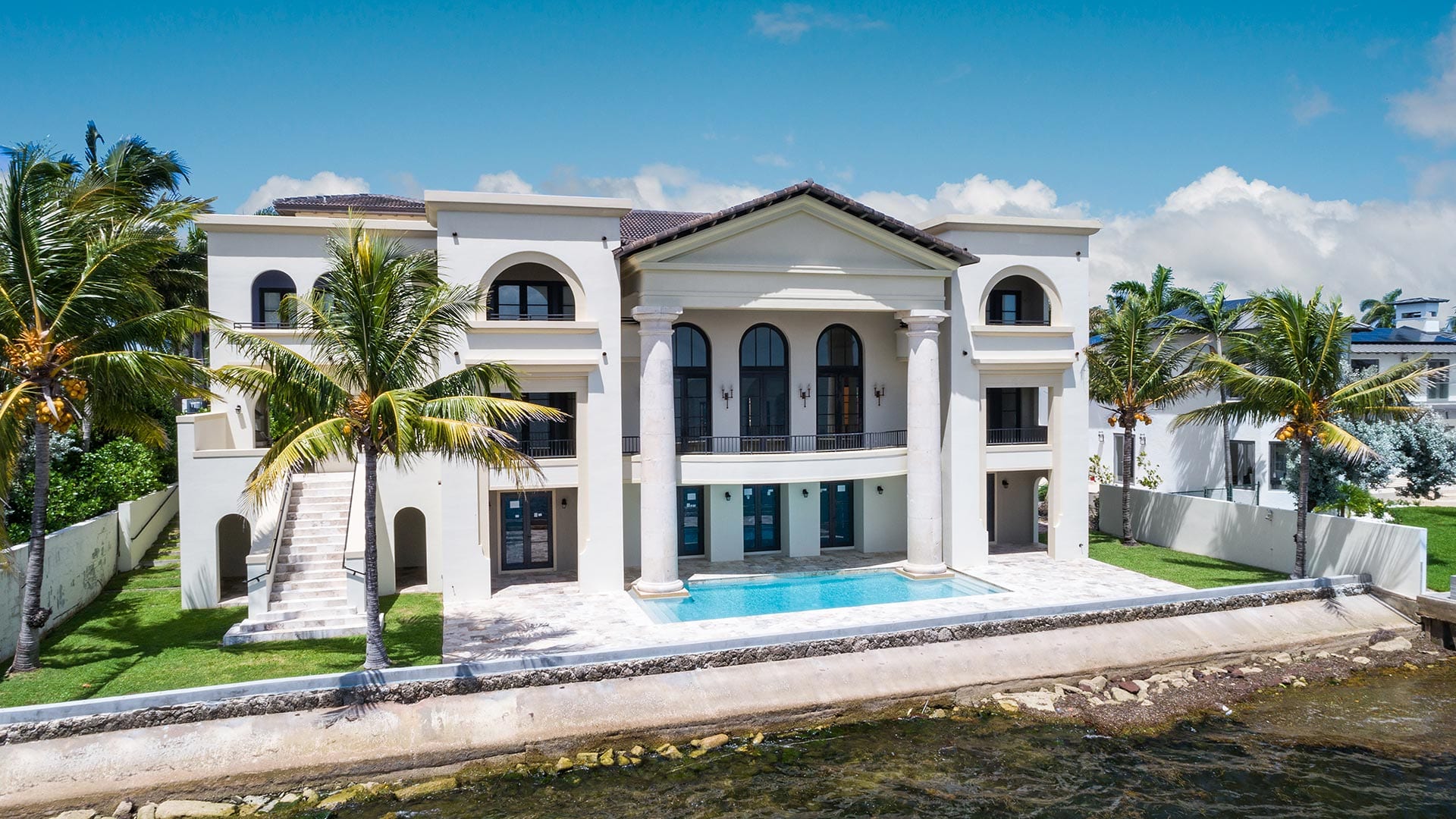
Living on a lake or river is a dreamy ideal for many Americans. It’s the perfect place to cool off during the summertime and a cozy retreat in the winter. What could possibly be a downside? Well, there are several.
Is The Water Even Safe?
It might be beautiful and nice to look at, but you may not realize that the water itself is a health or safety hazard. Make sure before you buy that it’s clean and fit for swimming. A few telltale signs that it’s a property you should look at, but not touch:
- There are weeds underneath the water. Weed control for lakes is important for the safety of swimmers. Be aware if the county does regular treatment for underwater dangers.
- The water has obviously been stagnant for a long time. This means algae clumps, smelly mud and mosquito nests everywhere. Accidental consumption of algae-contaminated water can be hard on the stomach.
- There is a strong current. This is especially concerning if you have children or pets. An easy test to determine the current speed is tossing a stick in the water to gauge its flow.
Is the Property at Risk?
If you live in an area with heavy rainfall, is your potential home at risk for flooding? Living close to a body of water increases those chances, so do an inspection of the home. Some signs that it might have flooded in the past include:
- Mold on the baseboards or foundation.
- Stains. These include in the foundation, walls and ceiling. While you’re checking, also feel the drywall in the rooms. If it’s soft, there is moisture somewhere.
- Soggy grass. If it’s a dry day, sinking into the lawn isn’t a good sign.
Brush the stars from your eyes and look at the home from a practical standpoint. With the prices of waterfront property being as high as they are, know the warning signs if a deal feels too good to be true.
